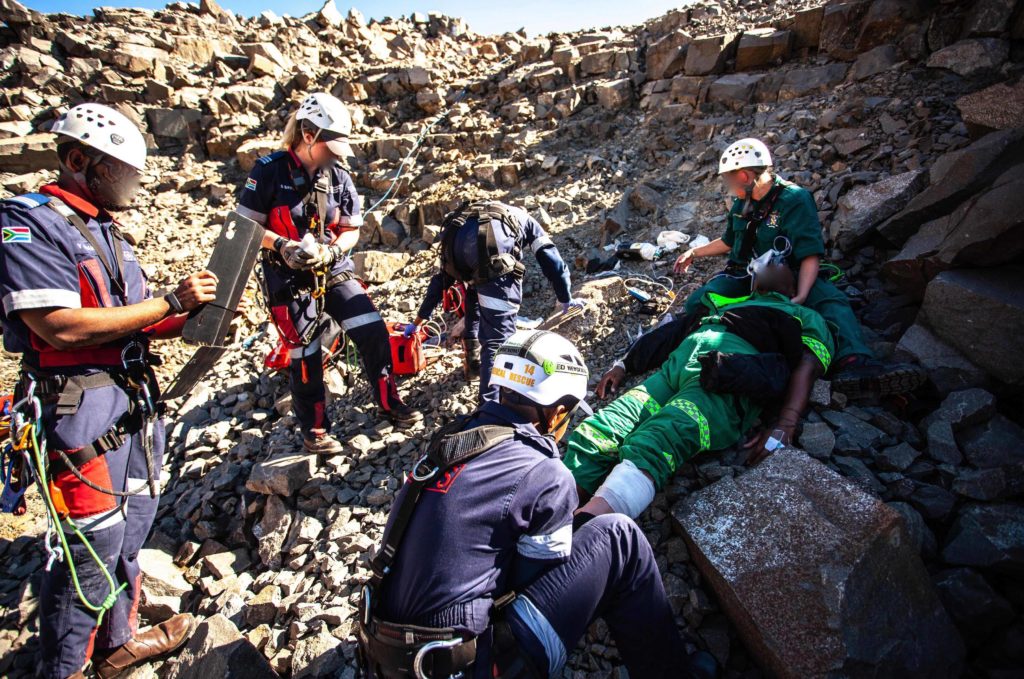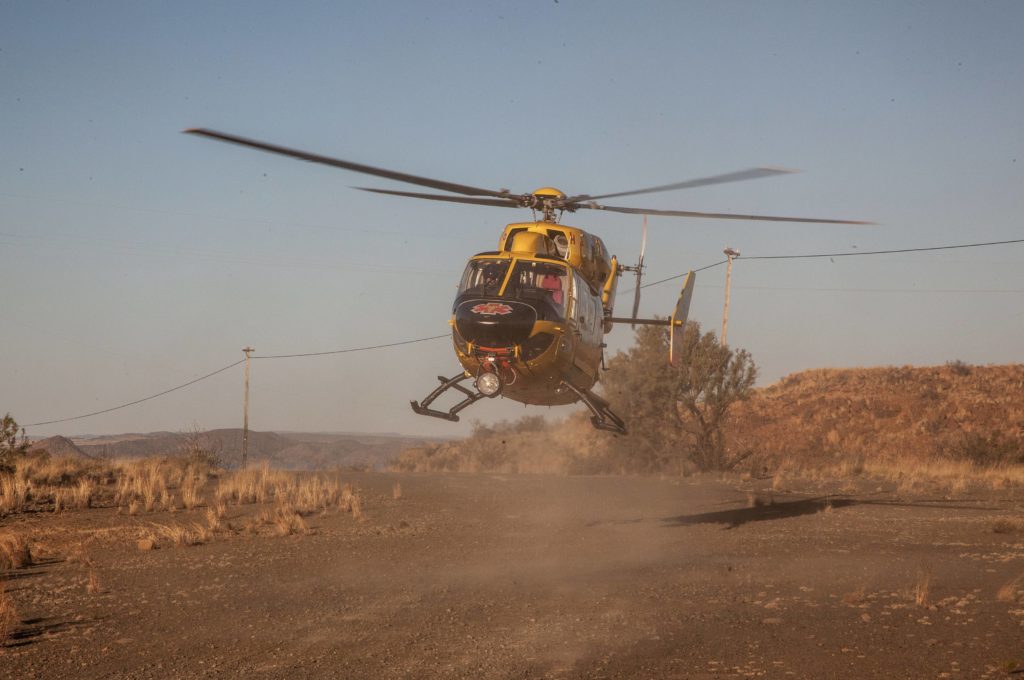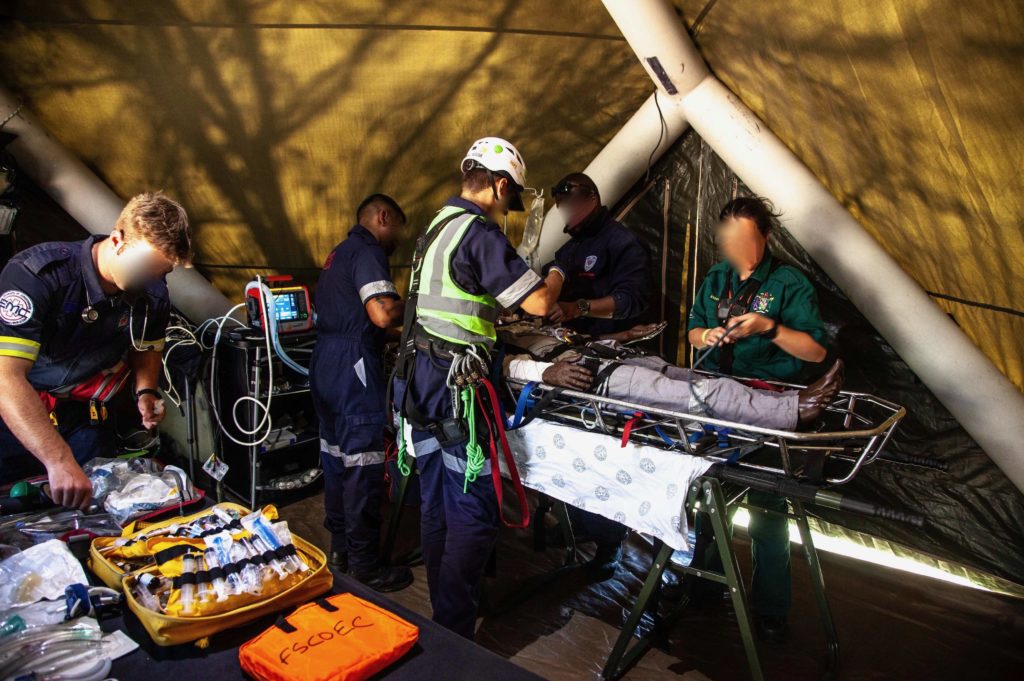Seven EHU Paramedic students recently joined three other universities in addition to further colleges and provincial services in a large scale training and simulation exercise in South Africa. Organised and facilitated by the University of Johannesburg, Rescue South Africa was also a large contributor in providing organisation and equipment.
The event consisted of training days to familiarise students with the equipment as well as each other. The equipment used was also not familiar to most of the local students which assisted in the learning process.
The days started early with a 5:30am to 6:00am wake up, and preparation included vehicle and equipment sessions ready for the day ahead.

Students endured scenarios which included high angle rope rescues mixed in with harsh environments such as the slippery slopes of a disused quarry, where an unfortunate simulated patient had fallen and suffered a fracture and severe head injury. There were confined space rescues where a gas explosion had gone off inside a dam wall, and students were tasked with finding a severely burnt patient in pitch black darkness. All scenarios were simulated with live patients, smoke, sound and realistic aspects ensuring extremely high-fidelity scenarios.
In total, the scenarios in South Africa included the following:
- An island search and rescue event
- Dam wall with extrication and rope rescue
- Confined space rescue
- Quarry with low angle and rope rescue
- Boat capsize incident
Students were also exposed to helicopter evacuations as we had the support of a government helicopter which assisted in the removal of patients to our field hospital which was manned by students at all times.

Multiple rescues were happening simultaneously and managed at the HQ by students, as this provided an opportunity to enhance their knowledge in resource management as well as the roles of incident commanders and radio communications. All students were given equal opportunities at all exercises and exposed to the most realistic simulated patients.
Another element of the South Africa training exercises involved learning about how, as a ‘rescuer’, to rescue yourself if something goes wrong. One such exercise included a simulated aircraft, in which a crash occurred in the evening with limited light. Participants were placed in the dam just over one mile away from shore and expected to swim to safety in an appropriate manner whereby each member looked after one and other. Students were prepared beforehand to look out for signs of hypothermia, as well as injuries and how to manage them in the water.

All exercises are completed by lecturing staff beforehand to ensure safety and moderation, and no students are expected to do something that a lecturer has either not done previously, or is not completing with them.

The Emergency Medical Care Rescue Exercise trip to South Africa has provided students from all campuses and universities with valuable life lessons and skills that will enhance their practice for the future. In addition, they have made friends for life and now hold this once-in-a-lifetime experience to cherish forever.
-Rory McKelvin, Edge Hill University Lecturer in Paramedic Practice and Pre-Hospital Care
